|
 Sound Sound
 UbuWeb UbuWeb
|
|
Jean Dubuffet (1901-1985)
 Jean Dubuffet / Sound on UbuWeb Jean Dubuffet / Sound on UbuWeb
Jean Dubuffet & Asger Jorn – Musique Phénoménale (1961)
- A Nez Cassé 7:53
- B1 Nouvel An 6:03
- B2 Vole Au Vent 12:47
- C Débats Et Rumeurs 14:51
- D1 Crépite Et Flambe 8:40
- D2 Brusqueries 3:46
- E Sang 16:19
- F Claque Dent 12:08
- F1 Ébats 11:24
- G1 Danse Moustique 5:45
- G2 Innocence 6:36
Instruments [Various] – Jean Dubuffet
Instruments [Various], Liner Notes, Artwork [Original Illustrated Covers] – Asger Jorn
Photography By – Jean Weber
Recorded December 1960-March 1961 at Galleria del Cavallino (Venezia, Italy).
Box-Set (29,5 x 28,5 x 5,5 cm) with beige linen cover of 4x10" records.
Sleeves for the four records are illustrated by Asger Jorn.
Includes a 4-page leaflet with original text by Jorn and one b/w photograph of the artists.
Limited and signed edition of 50.
NOTES (from A Shot in the Dark Blog)
In late 1960, Asger Jorn (1914-1973) invited his friend Jean Dubuffet (1901-1985) to improvise music with him. They had several sessions between December 1960 and March 1961. Dubuffet recorded these encounters on a portable tape recorder, and made several finished pieces out of the sessions. Some of these finished pieces were released by an obscure Italian label called Edizione del Cavallino; others remained unreleased until the 70's or later.
The well-educated musical ear will likely interpret their formless and radical experiments as the clamors of inexperienced and unschooled hacks. But such judgments crumble upon consideration of their motivations for making music in this way. In 1941, Jorn wrote an article for the journal of Helhesten (“Hellhorse”), an underground art group, (in Nazi-occupied Denmark) in which he derided “the great masterpieces” as “nothing but accomplished banalities”. Describing the art of the non-professional artists, “[t]hese forest lakes on colored paper, hanging in gilded frames in thousands of apartments, are among the most profound artistic inspirations." [1]
These statements were not flights of youthful anti-authoritarian fancy, but early expressions of an ideology that would dominate his life and work. A lifelong sympathizer with communism and pacifism, Jorn was highly critical of the capitalist economic order and the ways society (and art) had become structured within it. He was a founding member of COBRA, which lasted from 1949-51. In 1957 he was part of a conference which resulted in the formation of the Situationist International. In May 1968, this collective succeeded in bringing about a general strike in France. Jorn had parted ways with the SI by 1961, although he continued to support them morally and financially.
Dubuffet studied painting at Académie Julian in Paris. In 1924, disillusioned with the value of art in society, dropped out of the art world and sold wine for his father's company. He returned to painting briefly in the 1930's, but there followed another period of silence. In 1942, he returned to art, this time permanently. He found particular inspiration in the work of Jean Fautrier, and became associated with the tachisme movement.
In 1923, he had been given a text of German psychologist Hans Prinzhorn’s “Bildnerei der Geisteskranken” [“Artistry of the Mentally Ill”] (1922), which helped developed his interest in the works of artistically untrained people.
In 1949, Dubuffet coined the term art brut (literally “raw art”) which he defined as work of “pure artistic operation, unrefined, thoroughly reinvented, in all its aspects, by the maker, who acts entirely on his own impulses”, brought on by a reliance “entirely on their own resources rather than on the stereotypes of classical or fashionable art”. [2] Dubuffet's ideas about art brut are complex, but in general, it was any art which was made independent of cultural influence. This could include, but was not limited to, art made by mental patients, prisoners, and children.
We thus see that both men specifically valued art which was aesthetically amateur and culturally unaffected. Since both had received formal art education, it is possible that they viewed music as a kind of blank slate for them to experiment with this amateur aesthetic more directly. Dubuffet emphasizes that neither he nor Jorn were “au fait with the output of contemporary composers”. They were not attempting to contribute to the theoretical canon that generated serialism, concrete music, and electronic composition. Both had had some previous musical training, but they deliberately chose instruments which they had no experience playing, many of them found or created by their friend Alain Vian.
Dubuffet recorded his collaborations with Jorn on a Grundig TK35 tape recorder (pictured above), Of the unprofessional nature of their recording methods, Dubuffet comments: “We consider that a good recording provides precise and distinct sound which seems to be coming from a close source; in our daily lives, however our hearing is submitted to all sorts of other sounds which, more often than not, are unclear muddled, far from pure, distant and only partially audible. To ignore them is to give birth to a specious artform, exclusively concerned with a single category of sounds which, when it comes down to it, are pretty uncommon in everyday life. I was aiming to produce music based not on a selection of sounds but on sounds that can be heard anywhere on any day and especially those that one hears without really being aware of them.”
Of music more generally, Dubuffet is acutely aware of the same truths expressed by John Cage (published that same year in Silence, 1961) and Pauline Oliveros (Some Sound Observations, initially published in 1968): the attempt to create music “which expressed people's moods and their drives as well as the sounds, the general hubbub and the sonorous backdrop of our everyday lives, the noises to which we are so closely connected and, although we don't realize it, have probably endeared themselves to us and which we would be hard put to do without.” He refers to this “general hubbub” as “permanent music which carries us along”, as opposed to “the music we ourselves express.” The two go together “to form the specific music which can be considered as a human beings'." [3]
References:
1. Jorn, Asger. “Détourned Painting.” Translated by Thomas Y. Levin, available at Situationist International Online. Accessed June 15 2011.
2. Dubuffet, Jean. "Art Brut Preferred to the Cultural Arts", 1949 as cited in Krukowski, Jean Dubuffet and the Deculturation of Art, available at jean dubuffet. Accessed June 15 2011.
3. Dubuffet, Jean. “Musical Experiments.” Translated by Matthew Daillie. Available at UbuWeb Sound – Jean Dubuffet. Accessed June 15 2011.
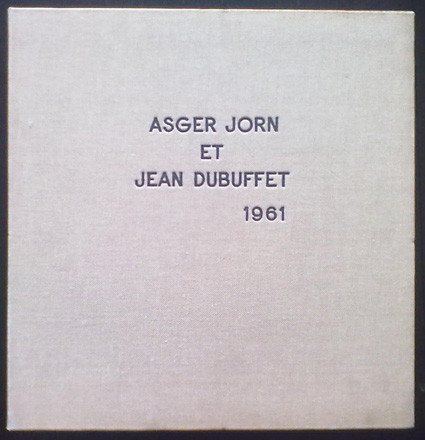
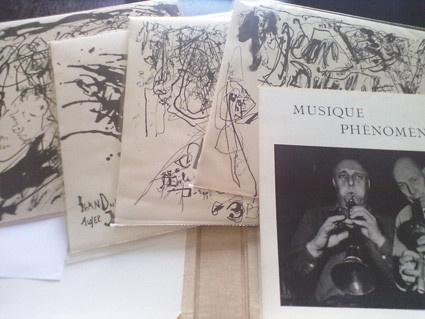
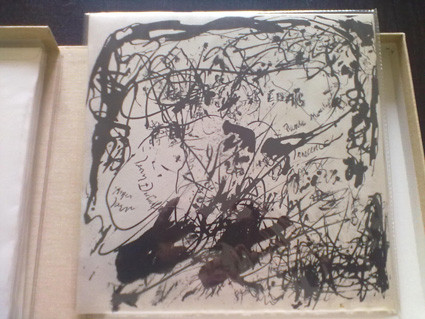
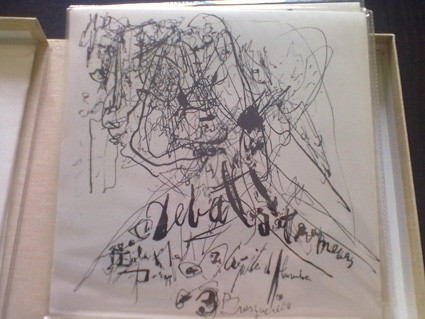
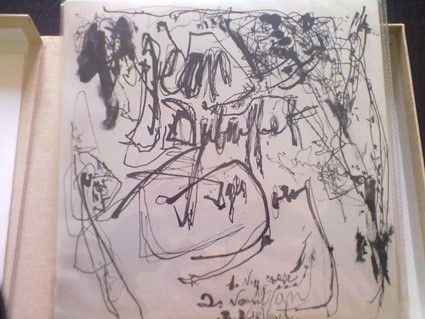
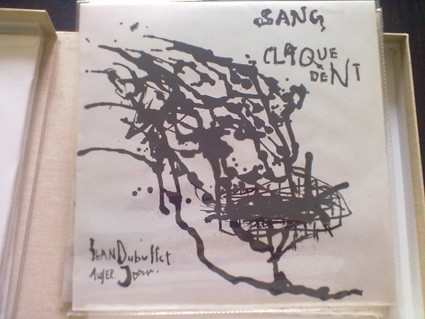
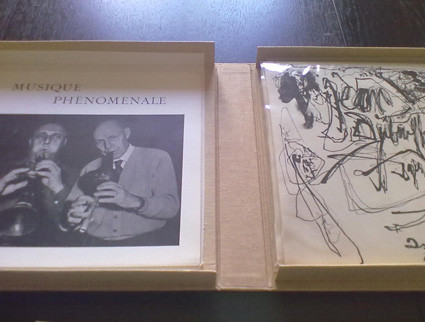
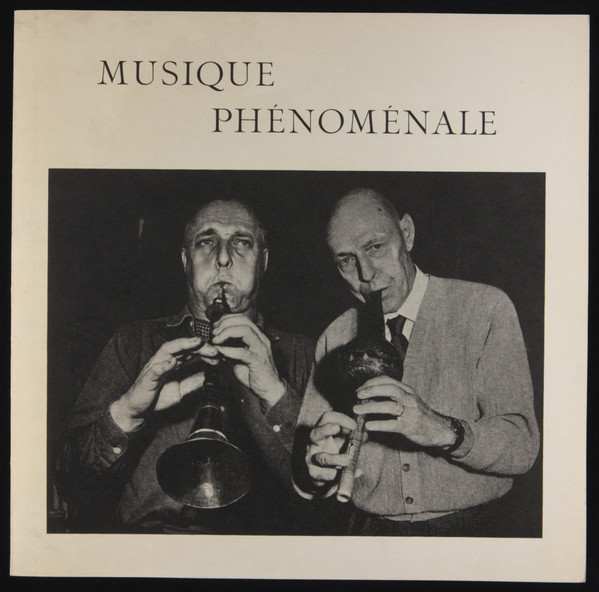
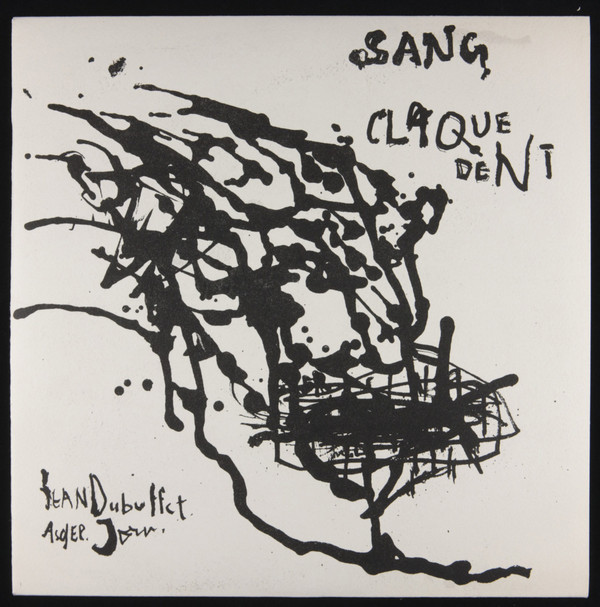
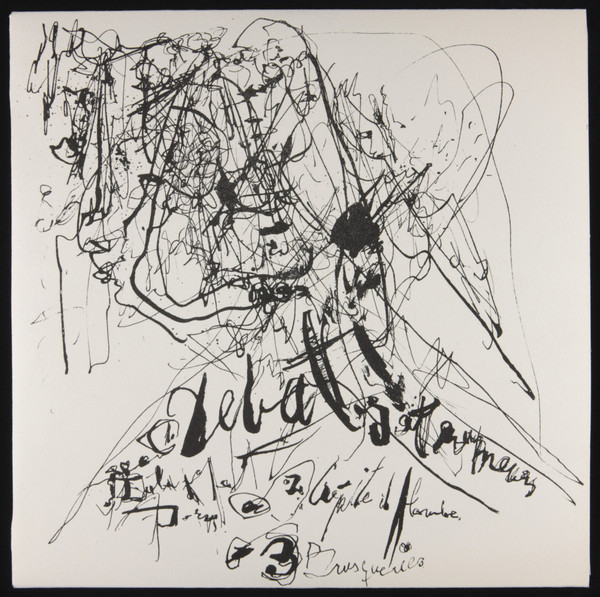
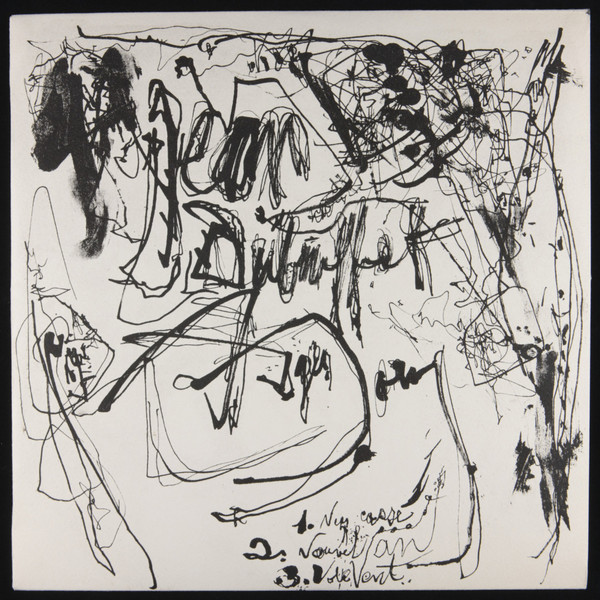
|


 Sound
Sound UbuWeb
UbuWeb